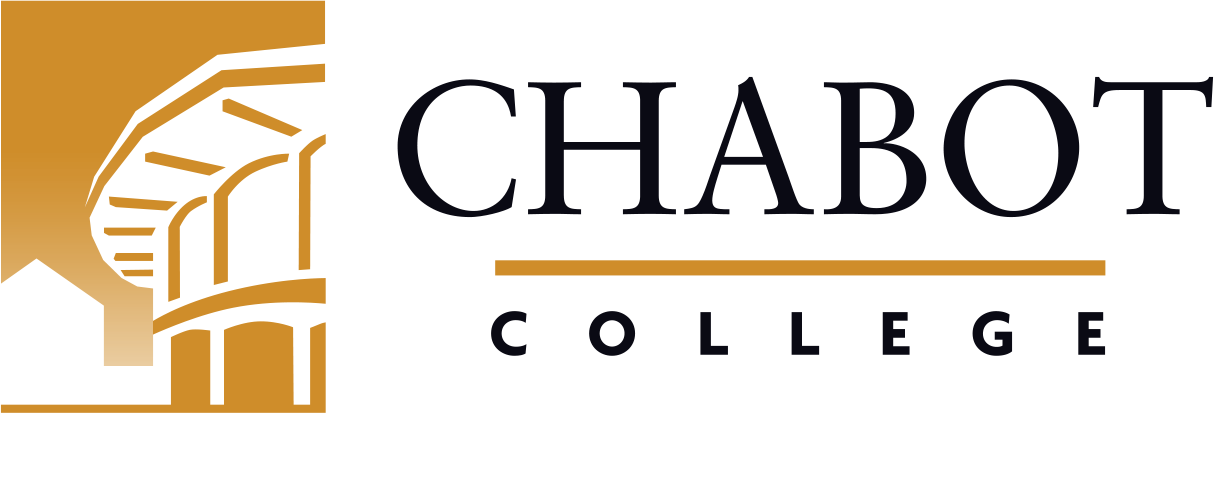
Course Outline for Dental Hygiene 83
Patients with Special Needs
Effective: Fall 2024
SLO Rev:
SLO Rev:
Catalog Description:
DHYG 83 - Patients with Special Needs
1.00 Units
Dental Hygiene therapy with emphasis on the management of patients with special needs. Management of this population will include current clinical in-office strategies, as well as applications of mobile dentistry and teledentistry technology.
Prerequisite: DHYG 80A, Corequisite: DHYG 80B and DHYG 81B.
1240.20 - Dental Hygienist*
Letter Grade Only
| Type | Units | Inside of Class Hours | Outside of Class Hours | Total Student Learning Hours |
|---|---|---|---|---|
| Lecture | 1.00 | 18.00 | 36.00 | 54.00 |
| Total | 1.00 | 18.00 | 36.00 | 54.00 |
Measurable Objectives:
Upon completion of this course, the student should be able to:
- use appropriate terminology and communication in regards to clients with special needs;
- define disability;
- identify clients with special needs by using the DH care form and critical information from the medical history review;
- list barriers to oral health care for individuals with special needs, including pregnancy, toddlers/young children, people with mobility limitations/wheelchairs;
- describe causes and types of physically limited conditions;
- describe causes and types of hearing impaired conditions;
- describe causes and types of visually impaired conditions;
- define dental care needs and treatments for patients with the above special needs;
- to define dental care and treatment needs for patients with cleft lip and/or palate, acute or chronic oral lesions
- describe causes and types of mentally impaired conditions, including emotional disturbances;
- articulate the behaviors associated with the major classification of mental illness;
- identify specific mental disorders and their relevance to dental treatment;
- develop treatment plans for patients with mental illness;
- identify the classification of the salivary glands;
- identify patients with decreased salivary function;
- manage oral health problem directly caused by salivary gland dysfunction;
- compare and contrast two forms of immunity;
- define immune system dysfunction including: diabetes, rheumatoid arthritis, lupus, pernicious anemia, myasthemia gravis, multiple sclerosis, chron’s disease, psoriasis, scleroderma, thyroid disease, addison’s disease;
- describe diseases and conditions from which an acquired immune system dysfunction can result;
- define respiratory disease, associated treatment needs and methods of adapting appointment accordingly;
- define substance abuse and describe the multiple causes of it;
- define cardiovascular disease, associated treatment needs and methods of adapting the appointment accordingly;
- identify incidence, risk factors, and treatment of cancer;
- articulate the oral complications common for a chemotherapy patient, and articulate the prevention and care associated with each complication;
- develop a care plan for a patient undergoing chemotherapy;
- identify the etiology, incidence, risk factors and treatment of HIV and AIDS;
- compare and contrast the clinical characteristics of HIV and AIDS;
- develop a care plan for a patient with HIV and AIDS;
- identify causes and symptoms of cancers of the head and neck;
- demonstrate the various methods of evaluating lesions;
- describe the types of oral complications associated with head and neck cancer treatment;
- outline an oral care protocol for patients before, during and after radiation therapy;
- describe the prevalence, incidence, and distribution of selected neurological and sensory impairments in specific populations;
- describe some of the more common causal agents that lead to neurological and sensory impairment(s);
- list and describe the specific impairments that are characteristic of each neurological and sensory disorder;
- demonstrate a basic understanding of the classifications of severity for selected impairments;
- demonstrate ability to analyze literature for validity and to explain the applications to clinical practice.
Course Content:
- Physically limited patients
- Hearing impaired patients
- Visually impaired patients
- Mentally impaired patients
- Use of appropriate terminology and communication for special needs patients
- Dental needs and treatments for special needs patients, including those with congenital oral disability
- Barriers to care for patients with special needs
- Salivary dysfunction
- Respiratory complications with treatment
- Cardiovascular complications with treatment
- Neurological and sensory impairment
- Hormonal imbalances
- Mental and emotional disturbances
- Immune system dysfunction
- Substance abuse and oral manifestations
- HIV and AIDS and oral health
- Head and neck cancer and radiation
- Development of a care plan for patients with special needs
- Teledentistry and its application to special needs practice
Methods of Instruction:
- Audiovisual aids
- Guest lecturers
- Lecture/Discussion
- Demonstration/Exercise
- Class and group discussions
- Lectures
- Demonstration
- Group Presentations
Assignments and Methods of Evaluating Student Progress:
- Textbook reading assignments
- Final presentation
- Topic research
- Do a written evaluation for each of the classroom presentations
- Quizzes
- Critical thinking exercises
- Written assignments
- Final Examination or Project
Upon the completion of this course, the student should be able to:
- Use appropriate terminology and effectively communicate with patients with special needs.
- Identify barriers to oral health care for individuals with special needs and be able to formulate a comprehensive treatment plan.
Textbooks (Typical):
- Boyd, L., Mallonee, L., & Wyche, C. (2021). Clinical Practice of the Dental Hygienist (13ed). Jones & Bartlett.
- Darby & Walsh (2020). Dental Hygiene Theory and Practice (5th). Evolve Elsevier.
Abbreviated Class Schedule Description:
Dental Hygiene therapy with emphasis on the management of patients with special needs.
Prerequisite: DHYG 80A, Corequisite: DHYG 80B and DHYG 81B.
Discipline:
Dental Technology